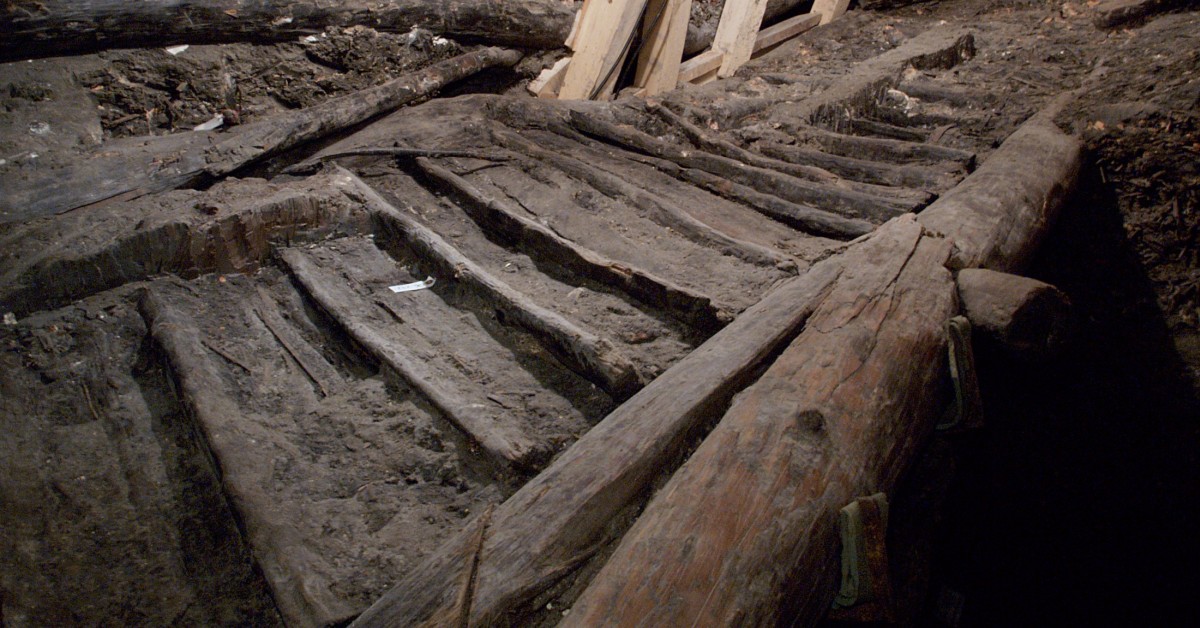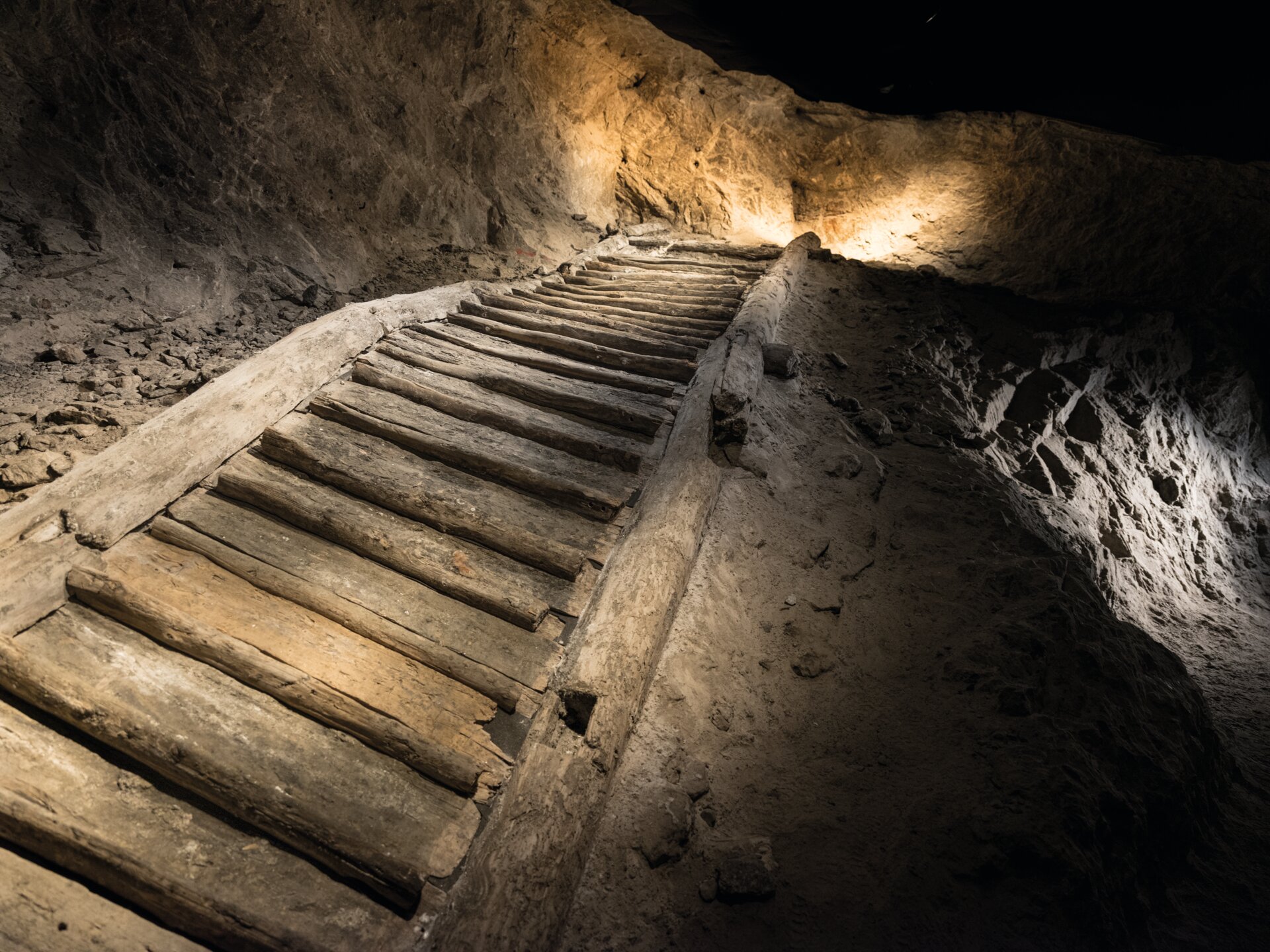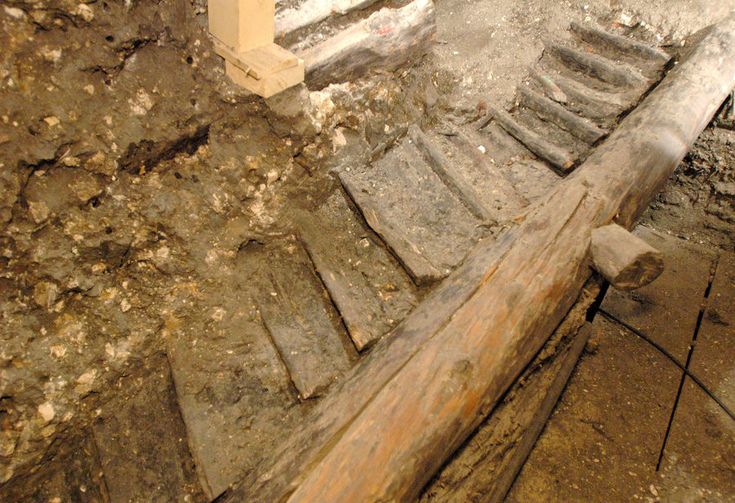In a remarkable archaeological find, the oldest wooden staircase ever discovered in Europe—and possibly the world—has been unearthed at the Hallstatt salt mine in northern Austria. Estimated to be over 3,100 years old, this ancient staircase, measuring 8 meters in length and 1.20 meters in width, offers a rare glimpse into the advanced engineering techniques of the Bronze Age.
The Hallstatt Salt Mine: A Treasure Trove of History
The staircase, a stunning relic of prehistoric craftsmanship, was revealed through meticulous excavation efforts at Hallstatt, a site renowned for its deep historical roots dating back to ancient times. The Hallstatt salt mine has been a significant source of salt since prehistoric periods and is recognized as a UNESCO World Heritage site. The region is known for its rich deposits of salt, which were critical for food preservation and trade, influencing the local economy and culture.

Archaeologists and researchers systematically unearthed this well-preserved structure, gradually peeling back layers of soil and history to uncover a testament to early construction methods. The wooden staircase was discovered as part of a larger archaeological excavation aimed at understanding the social and economic practices of the communities that inhabited the area.
Technological Insights from the Bronze Age
The discovery is significant not only because of the staircase’s age but also for what it reveals about the technological capabilities of ancient civilizations. The staircase’s design and sturdy construction illustrate the ingenuity of Bronze Age builders, showcasing their use of locally sourced timber and advanced woodworking techniques. The craftsmanship involved in creating the staircase indicates a sophisticated understanding of structural integrity, allowing it to withstand the test of time.

Additionally, this find provides valuable insights into the daily lives of the people who lived during this period. The staircase may have been part of a larger structure, possibly leading to living quarters or storage areas within the salt mine. Its presence suggests that the ancient inhabitants of Hallstatt had complex living arrangements and utilized innovative solutions to navigate their environment, further emphasizing their resourcefulness.
Cultural Significance and Legacy
This find at Hallstatt adds another layer to our understanding of prehistoric life, especially in a region where salt mining has shaped the culture and economy for millennia. The Hallstatt culture, which thrived during the late Bronze Age, is characterized by its sophisticated metalworking and trade networks. The staircase serves as a physical connection to this heritage, reinforcing the idea that human ingenuity and adaptability are fundamental aspects of our shared history.

Today, the staircase stands as a striking symbol of human innovation, preserved for thousands of years beneath the earth, waiting to share its story. As researchers continue to study this remarkable find, it not only enriches our understanding of the Bronze Age but also reminds us of the enduring impact of ancient civilizations on contemporary society. The staircase exemplifies the intersection of art, engineering, and everyday life, serving as a testament to the resourcefulness and creativity of our ancestors.
Conclusion
The unearthing of Europe’s oldest wooden staircase not only enhances our knowledge of Bronze Age engineering but also paints a vivid picture of the lives and ingenuity of the people who inhabited the Hallstatt region. As excavations continue, the staircase remains a significant artifact, inspiring further exploration and appreciation of our collective past. This extraordinary find invites us to reflect on the resilience of human creativity and the intricate connections that define our history.

